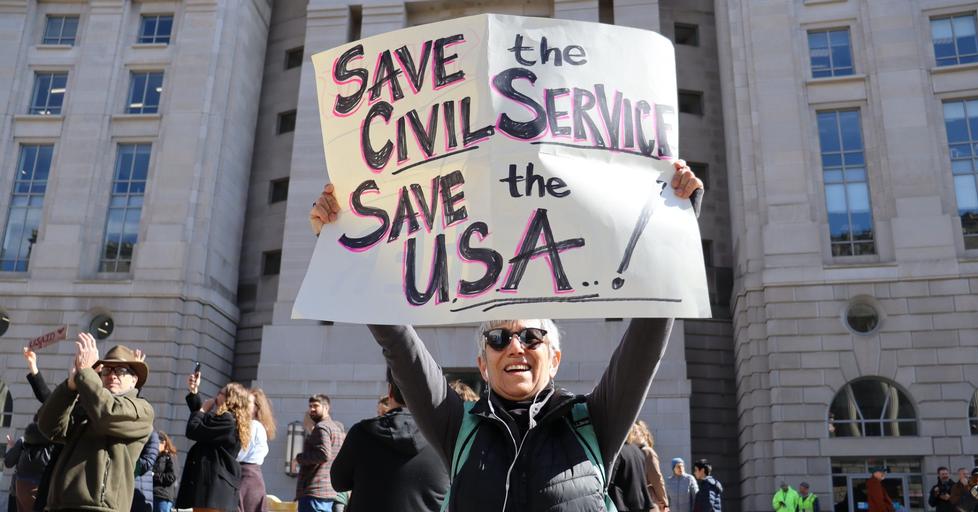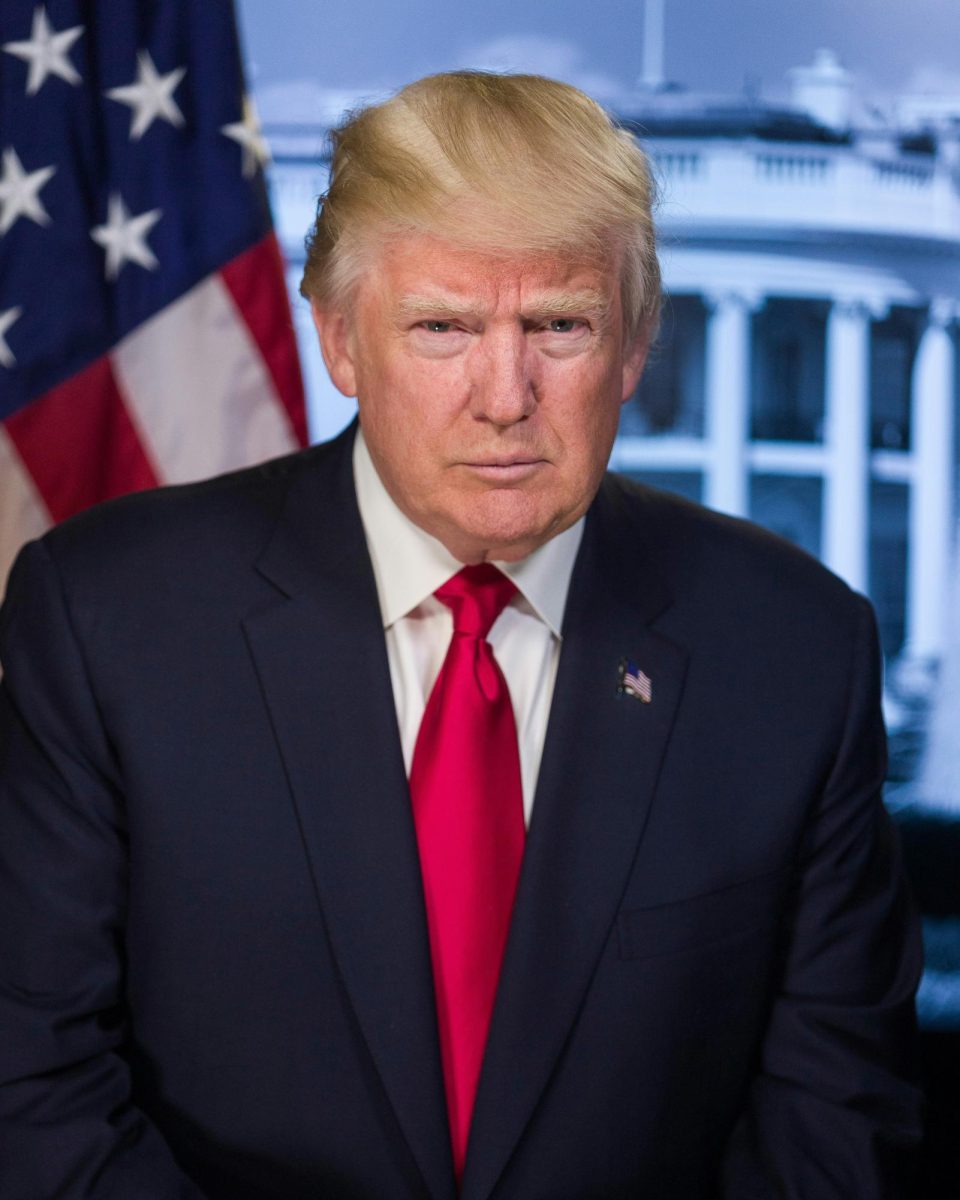“Journalism is a dying industry.”
Sometimes, I hear this cynical phrase echo at the back of my mind. As someone who has been committed to the journalism craft for four years, I get nervous whenever I get excited about journalism. I wonder, Will the work I do even have an impact? I think of ChatGPT devaluing writers, the political mood towards journalism as fake news, and the social media influencers that call themselves journalists. And I mull over the question: What is the value of journalism in this country amid a changing landscape?
The United States has long been lauded for its First Amendment privileges. This includes the freedom of the press. It has led to groundbreaking — revolutionary — work, such as Washington Post legends Bob Woodward and Carl Bernstein’s investigative journalism on the Watergate Scandal or The New York Times’ reporting on the Pentagon Papers. I won’t lie; as any other starry-eyed student-journalist-nerd, I, too, was struck by these examples. It was a pedestal to reach for — proof that a journalist’s work has value and can incite change. It was the pinnacle of what we could achieve as journalists.
But while those instances shine as the gold standard, how has journalism grown on that legacy? While our press may be free by law, it can appear as if journalists’ voices are being snuffed out by our own actions. Echo chambers built by social media algorithms erect walls between journalists and the public. Unvetted information from “news” accounts is reposted on Instagram stories and taken as the truth. Massive layoffs from reporting giants like The Los Angeles Times, Time magazine, and Vox weaken the bandwidth of reporting staff. Politicians criticize the media, contributing to a perceived polarization and general distrust of the industry. These all seem like symptoms of decline. Maybe we built our own inescapable cage.
But I challenge that idea.
Journalism is not dying. But it must change.
In the past, journalism seemed to be reserved for the professionals. Trustworthy journalism was the Sunday paper read aloud at the breakfast table. Now, it seems that anyone can be a “journalist” without professional training. It only takes a few minutes to set up a true-crime podcast or YouTube channel claiming to be an expert. Social media and the internet makes it all too easy to disseminate information — even if it is unvetted or inaccurate. These sources are far from the gold-standard. However, we must adjust to a reality of rampant misinformation. Now the question is not just “How can we seek the truth and report it?” but “How can we seek the truth and report it, as well as fight a heightened battle against misinformation?”
And that starts with trust.
Because without readers’ trust, how can journalism persevere? The core of journalism is the ability to inform the public — and the reader’s willingness to trust that information.
To foster that trust, more attention must be poured into the relationship between journalists and the average reader. In an article published in Global Media Journal, “Journalism and News Trends: Adapting to a Changing Media Landscape,” Jansen Zhan observed that “Journalists are also making efforts to engage directly with their audiences to build credibility and rapport. For the profession to thrive, journalists must demonstrate their commitment to truth and ethics, ensuring that their reporting remains reliable in the face of growing skepticism.” At the moment, journalists use professionally edited reels to communicate news through social media. Papers place a greater emphasis on digital and not print journalism. Efforts are being made in consideration of a changing media landscape.
But are they enough?
According to a 2022 Pew Research Center survey, while 46% of journalists felt connected to their audiences, U.S. adults felt differently. 73% of US adults felt only “somewhat” or “little to no” connection to journalists.
The shifting landscape and digitalization of journalism has also impacted news practices, with only 4% of journalists in that study saying that they communicated with sources in-person. Trust is best built in-person. When I look into the eyes of my interviewees and can see their face — not a projected pixelated screen — I know that the interview will go well. I connect with the interviewee’s story. They are not just a source, but a person. That personal touch to journalism is what differentiates traditional journalists from your average podcaster or wannabe news guru.
Though more time-consuming, implementing that practice back into newsgathering can increase trust between people and journalists. Ultimately, that trust can extend to the general public — trust that we care about the person above all.
A full picture of the media’s current perception and role requires consideration of the political attitudes towards the industry. Influenced by President Donald Trump’s characterization of certain media outlets as “fake news,” the media has increasingly become a source of polarization, rather than a unifying voice of the people. This contributes to distrust of the media. In April, the Department of Homeland Security (DoHS) released an article titled, “100 Days of Fighting Fake News.”
In it, the DoHS said they wanted to “set the record straight on numerous false and misleading stories” regarding recent deportations and immigration controversy. One claim was phrased as such: “The media has FALSELY claimed that ICE is deporting US citizen children of illegal aliens. This is false.” While conflicting narratives are bound to occur on this issue, the language in the document clearly meant to undermine the media’s credibility — something journalists rely on heavily for reporting and investigation — rather than a simple correction.
Politicians certainly contribute to the distrust, media organizations could also examine their own practices to mitigate those claims. Cable and broadcast news channels are particularly horrid offenders. As Flavia Roscina wrote in her article about the polarizing nature of media in the Boston University Pardee Atlas Journal of Global Affairs, “Partisans tend to view each other negatively because polarized media weaponizes the differences between political and social groups instead of emphasizing commonalities.” Rather, engagement is the goal.
These include clickbait headlines, sensationalized language, and the tendency to write for a targeted audience. FOX News and CNN are extreme examples of broadcasts who cater coverage towards members of a certain political affiliation, rather than the general public. And while, for decades, that essentially has been the goal for every company in the market, including the news industry, we see the detrimental, divisive impacts of those tactics.
Monetary incentives are an understandable motive for this emphasis. After all, publications must generate revenue to stay operational. Yellow journalism in the 1890’s and early 1900’s is a prime example of the prioritization of profits. Newspapers favored melodrama and sensationalism in order to attract readers. Now, with the decline of print journalism, increasing revenue also means a growing reliance on advertisement revenue, among other means.
However, it is still of utmost importance to understand and take steps to cultivate a relationship of trust (or at least tolerability and openness) between readers of all backgrounds — not just the ones who agree with you. So while politicians add fire to the fuel, journalists must take some responsibility for this relationship.
By engaging with locals and people from all backgrounds, trust between journalists and people from different political, religious, and cultural backgrounds can be nurtured. Human connection and understanding have the potential to transcend these barriers of polarization. It is a journalist’s job to foster those connections. Beyond engaging in-person with interviewees and readership, journalists can pay greater attention to their own biases in the sources they choose and the experts they consult. Further incorporating diverse perspectives after examination of those biases can strengthen the news’ connection with the public.
On the other end, perhaps the audience is the most important factor in repairing faltering trust. The will to seek truth cannot just come from the journalists. It must come from the readers and viewers themselves. In the 2022 Pew Research Center survey, 44% of U.S. adults had little to no trust in the information they got from news outlets. In that same year, faculty from Syracuse University’s Newhouse School of Public Communications in conjunction with professors from Indiana University conducted a study that surveyed 1,600 journalists on what they viewed was the “most important problem facing journalism today.” 20.8% said declining public trust in media. 9.9% said fake news.
Yet, distrust in the media has always been somewhat present in consumer attitudes. In another section of the 2022 Syracuse University study, journalists were asked what direction they felt journalism was going in. 60.1%. said the wrong direction. This would appear to reinforce the cynicism surrounding journalism. However, another part of this study was comparing data gathered from 1971, 1982, 1992, 2002, and 2013 to evaluate developing attitudes among journalists. A decade ago, the same percentage of journalists thought journalism was going in the wrong direction.
But while a degree of skepticism is natural and can be healthy and productive for dialogue, too much cynicism can result in a blockade between information and readers. This is what directly results in online echo chambers. While it may be too idealistic to ask everyone to trust in journalists, it isn’t too much of a task to promote knowledge and an openness to opposing opinions.
The commitment to journalism and the journalist-audience relationship is more important than ever. Journalism constantly seems under threat because of its revolutionary nature. It is fighting for the truth — which naturally can face opposition from people who don’t want that truth to be revealed. However, in order to ensure journalism stays relevant, we must stay vigilant.
In a world that seems to not be listening, it is all of our responsibility to both open our ears and amplify accurate information.














